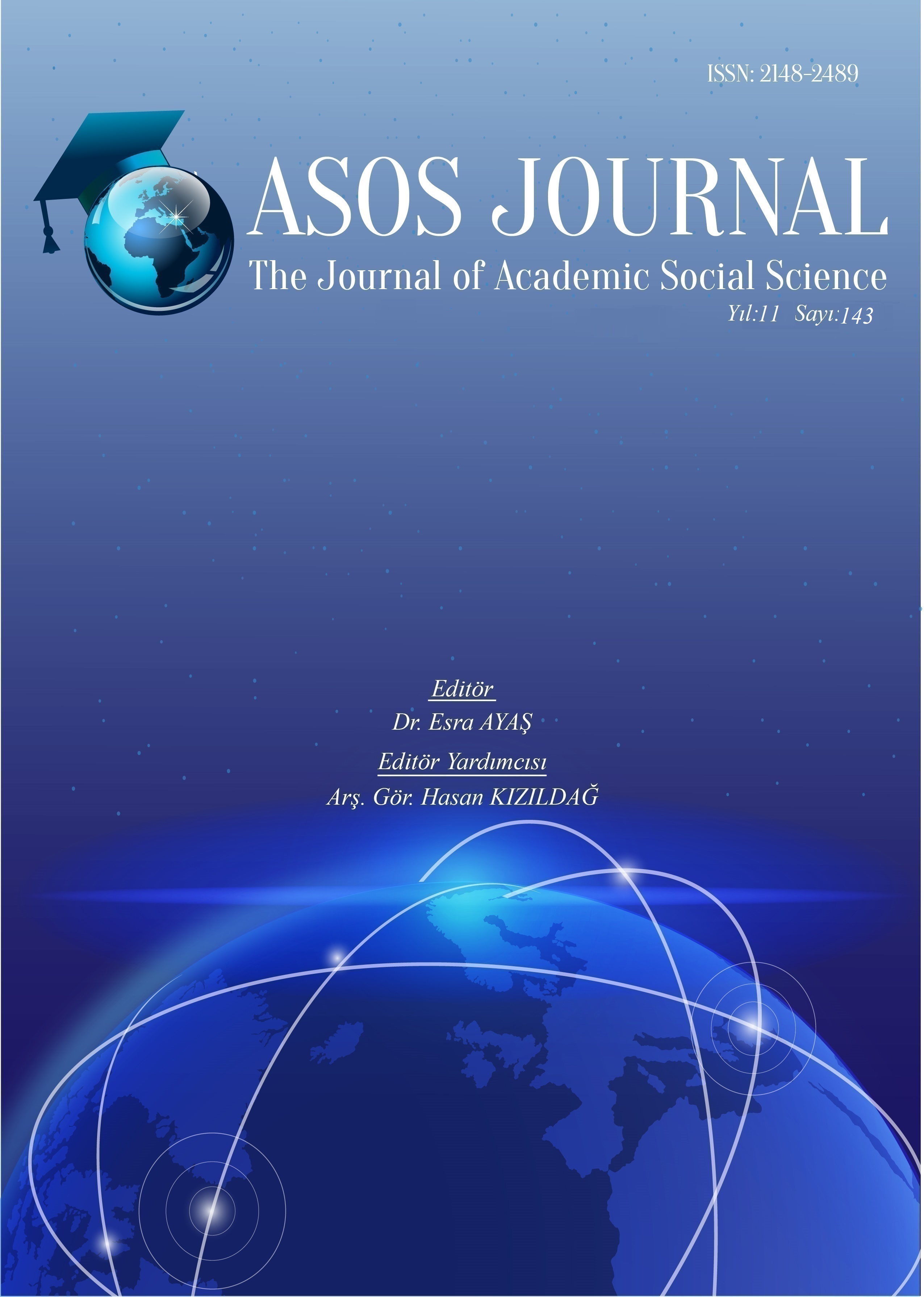Author :
Abstract
Tasavvuf geleneğinde manevi terbiye süreci için bir rehberin yardımı elzem görülmüştür. Sufiler tarafından kaleme alınan eserlerde bu manevi eğitimin ne şekilde yapılacağı, öğrenci ve öğretmenin nitelik ve sorumlulukları ile ilgili görüşler belirtilmiştir. Çalışmamızın konusu Âşık Paşa’nın mürit ve mürşit kavramları ile ilgili görüşleridir. Âşık Paşa’nın 10. 613 beyitten müteşekkil Garib-nâme adlı mesnevisi, dönemin tasavvuf anlayışına ışık tutması bakımından önem arz etmektedir. Âşık Paşa, bu eserinde tasavvuf adabı ile ilgili hususlara yer vermiştir. Çalışmamızın amacı Âşık Paşa’nın mürit ve mürşit özelinde görüşlerini tespit etmektir. Çalışmanın kapsamı Garib-nâme adlı eser ile sınırlıdır. Öncelikle bu kavramların kelime ve ıstılah anlamları açıklanmıştır. Tasavvufi terbiyede bir mürşide neden gerek duyulduğu hakkında genel kanaate değinilmiştir. Hem yetkin bir mürşitte hem de müritte bulunması gereken genel geçer sayılabilecek nitelikler sıralanmıştır. Devamında Âşık Paşa’nın Allah’a ulaşma yolculuğunda mürşide atfettiği değer aktarılmıştır. Âşık Paşa’nın mürşit ve mürit arasındaki ilişkiyi altı hususun varlığına dayandırdığı tespit edilmiştir. Üçü mürşide aitken üçünü müride özgü kabul ettiği anlaşılmıştır. Âşık Paşa’nın tüm bunları ifade ederken anlatımını analoji ve metaforlar ile desteklediği anlaşılmıştır.
Keywords
Abstract
The aid of a guide is seen to be vital in the Sufi tradition for the process of spiritual training. The thoughts on how this spiritual training would be conducted, as well as the requirements and obligations of the disciple (murid) and master (murshid), are expressed in the works of the Sufis. Âşık Pasha's mathnavi named Garib-nâme, which consists of 10.613 couplets, is vital in terms of shedding light on the understanding of Sufism of the period. In this work, Âşık Pasha gave place to the sufi-related ethical issues. The aim of the study is to determine Âşık Pasha’s views in terms of disciple and master. The scope of the study is limited to the work named Garib-nâme. First of all, the definitions of the words and terminology of these concepts are explained. The accepted view on the significance of a guide in the Sufi discipline is stated. The commonly accepted demands of both a capable master and a disciple are given. Afterwards, Âşık Pasha’s value attributed to the master in the journey to reach Allah is underlined. It has been determined that Âşık Pasha built the master-disciple relationship on the existence of six issues. It is understood that while three of them belong to the master, he considered the third to be peculiar to the disciple. It has been understood that Âşık Pasha supported his expression with analogies and metaphors while expressing all these.
